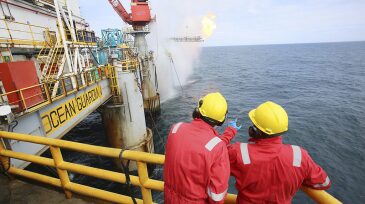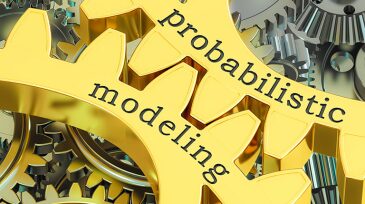AI/machine learning
Even as industry faces policy and tariff uncertainty, companies view spending on digital transformation as a driver of efficiency.
The Tela artificial intelligence assistant is designed to analyze data and adapt upstream workflows in real time.
In this third work in a series, the authors conduct transfer-learning validation with a robust real-field data set for hydraulic fracturing design.
-
Royal Dutch Shell is heavily investing in research and development of artificial intelligence, which it hopes will provide solutions to some of its most pressing challenges.
-
Artificial intelligence has come to the oil patch, accelerating a technical change that is transforming the conditions for the oil and gas industry’s 150,000 US workers.
-
Researchers borrowed equations from calculus to redesign the core machinery of deep learning so it can model continuous processes like changes in health.
-
An increasingly buzzy term tossed around at industry events, “digital twin” is leveraging data analytics, machine learning, and artificial intelligence to improve efficiencies from design to decommissioning.
-
As shale plays are becoming economically viable, operators have fast-adopted best practices to optimize drilling and completion processes to drive down the lifting costs. Adoption of data-driven analytics to improve completion design, drive efficiency, and yield economic gains has been less swift.
-
Digitalization in the oil and gas industry has been the focus of much discussion, but little has been written on the slow rate of adoption. This paper outlines some of the barriers the industry faces as it assimilates into Industry 4.0—automation and data integration in manufacturing.
-
BHGE is developing an analytics and machine-learning approach that offers descriptive and predictive insights on frac hits, with the aim of eventually offering a real-time monitoring capability to be deployed during frac jobs.
-
The international major has been playing with intelligent programs for years, but this new deal shows that it is now ready to scale those efforts up to cover hundreds of thousands of pieces of equipment.
-
BP has invested more than $100 million into nine different startup companies in the past 2 years—but only one of them wants to turn your brain into a piece of its software.
-
A new detection and alerting methodology, validated on more than 100 North America onshore wells, blends well information and real-time data to determine a probabilistic belief system. An operator used the system to detect, predict, and alert rig crews to washouts and pump failures.













